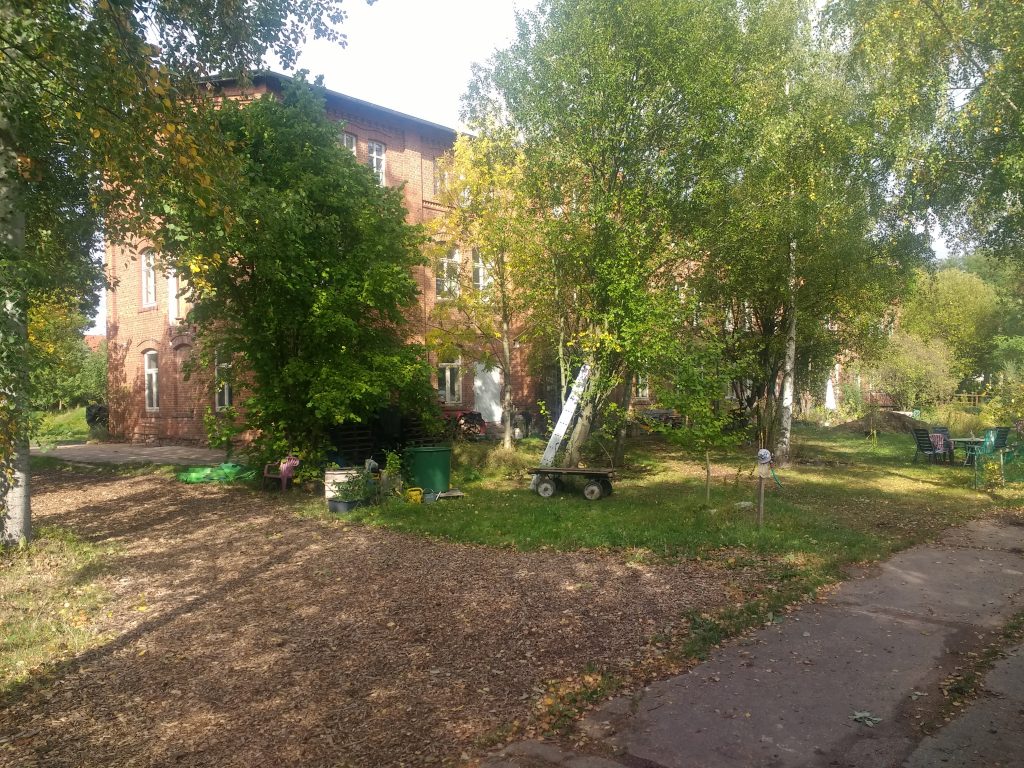
Across the world people are deciding that they no longer want their day to day life to be enmeshed in a global web of violence, and have started creating alternatives to industrial society. In order for these alternatives to become something more than individual projects, islands of resistance in a sea of structural violence, there is a need to organise with others who share the same values and work toward creating a similar future. For a movement to grow there needs to be a set of agreed upon principles, a banner under which these forces of resistance can understand themselves and be understood. One of the most important of these banners is eco-village, explored in another piece, but it is not the only one. The Kommune (commune) movement in Germany is one that traces itself back the rebellious era of the late 60’s, when everything seemed like it was up for grabs. The hippies roamed across the US, the Parisians were again at the barricades, and in West Germany the students took to the streets to demonstrate against war, authoritarianism, and the colonial basis of their society. Some of these students took the radical step of changing the fundaments of the way they lived together, and organised themselves into communes. Today in German there are 30 projects under the banner of Kommune, organised in the Kommunja Network. While similar to the eco-village, to me there is a difference of emphasis. While the concept of eco-village evokes more one’s relationship to nature, the Kommune places more emphasis on our relationship with each other. The Kommune is overtly political, while the eco-village not necessarily.
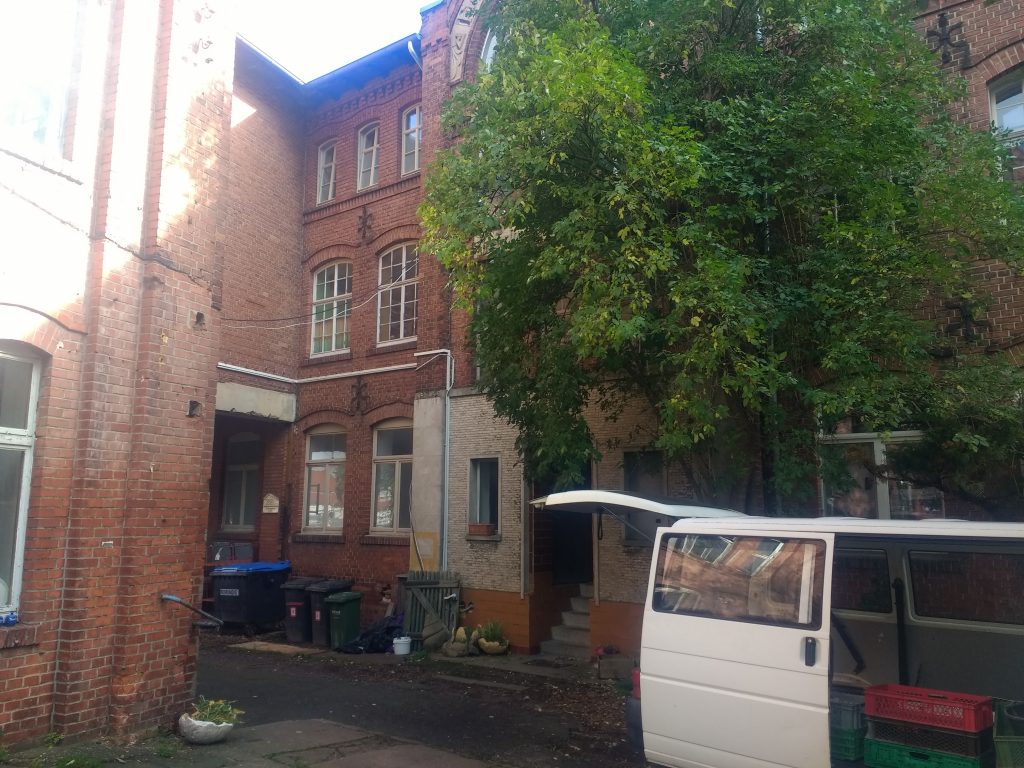
Here is a brief description of the Kommune from the Kommunja website; ‘The political communes want to change social relationships. Up to a certain point, we do this through our alternative way of living. Our long term objectives are egalitarian (free and equitable) structures which make an emancipatory, ecological life in solidarity possible. Thereby, we set an example against the increasing atomisation and separation in a society which is heavily based on consumerism, acquisition and the exploitation of nature, and for human cooperation and sharing.’ While there is no clear set of rules to consider in making a Kommune, generally they organised along at least a few of these principals (taken from the Das KommuneBuch by Elisabeth Voß); Live and work together; Have a communal economy, i.e. common finances and common property (land, buildings, means of production); Have communal decision making – usually consensus decision making; Try to reduce hierarchy and hierarchical structures; Have communalisation of housework, childcare and other communal tasks; Have equality between women and men; Have low ecological footprints through sharing and saving resources. One of these Kommunen is the Kommune Waltershausen (Kowa), and in September of 2019 I spent a while living and working with them.
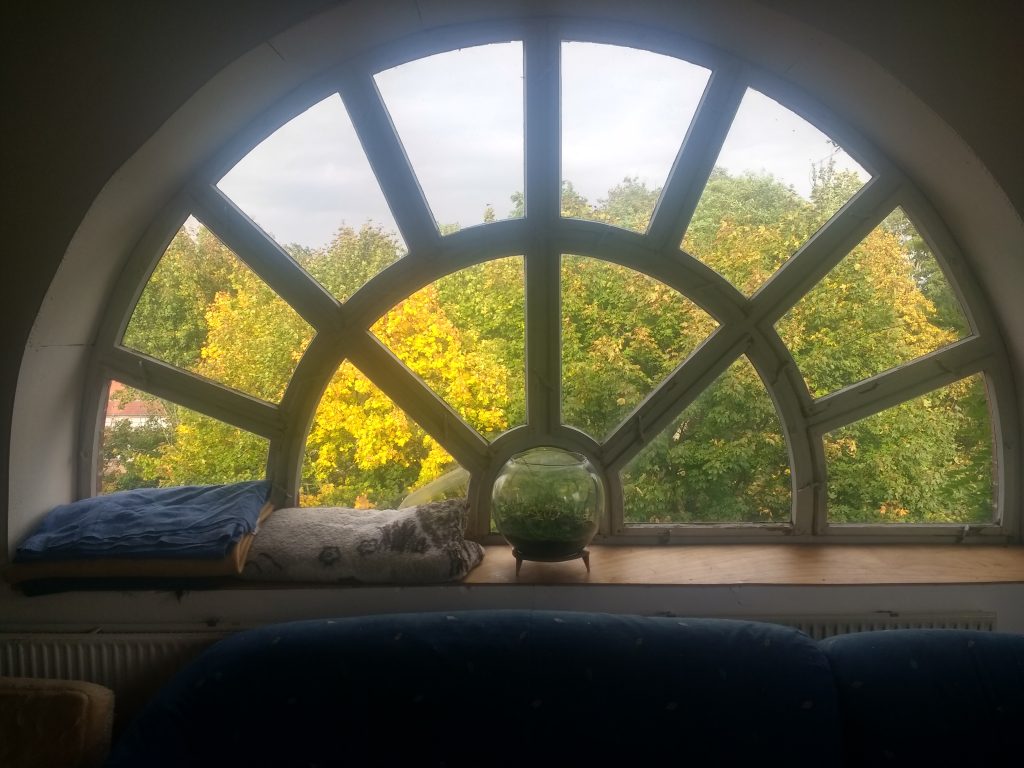
History & Space
The first thing that struck me about the project was its location. Compared to many other projects I have visited, often in the middle of nowhere, Kowa is located in the beautiful little German town of Walterhausen. Small but lively, Walterhausen still retains some of its medieval shape with an old market square, arch, cathedral, and hill-top castle. It is also located at the edge of the Thüringer Wald, a beautiful diverse forest, aflame with all shades of red, yellow, orange, and green for those fortunate enough to visit in early autumn. Aside from it’s beautiful surroundings, Kowa itself is well situated, located in a redbrick 19th century puppet factory which is now protected as heritage site. Strangely enough, Waltershausen was one of the world capitals of puppet production in 20th century, and this redbrick building was one of six in the town. However, these puppets were a state run operation, and collapse of the GDR meant the collapse of Walterhausens puppet production. While there is a puppet museum in the town, there is little left of the past puppetry in Kowa, save for some creepy puppet mosaics, strangely arranged left behind heads, limbs, and torsos.
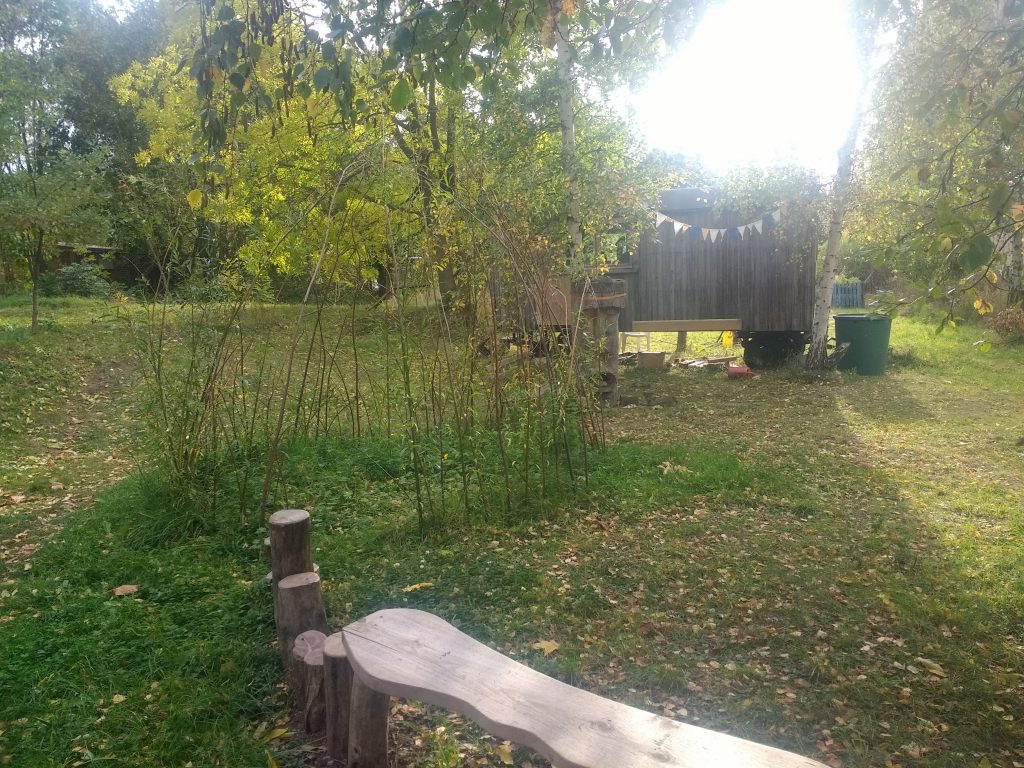
Kowa was first established 16 years previous in 2003 by people who meet through the Kommunja Network. Of the original founders, one remains. She told me that after the fall of the DDR, the building was left vacant for many years. These years were not good to this heritage sites, and when the Kommunards acquired the site it was essentially dilapidated after years of abandonment and vandalism. With over 400 broken glass windows, you could hear the broken crunch of everyone walking around at all times. The original site was in such a state that tents had to be erected in one of the few habitual rooms in order to create some private space. Perhaps it was because of the stress of those times that only of the original founders remains today, but the 16 years of love and effort put into the Kommune shows.
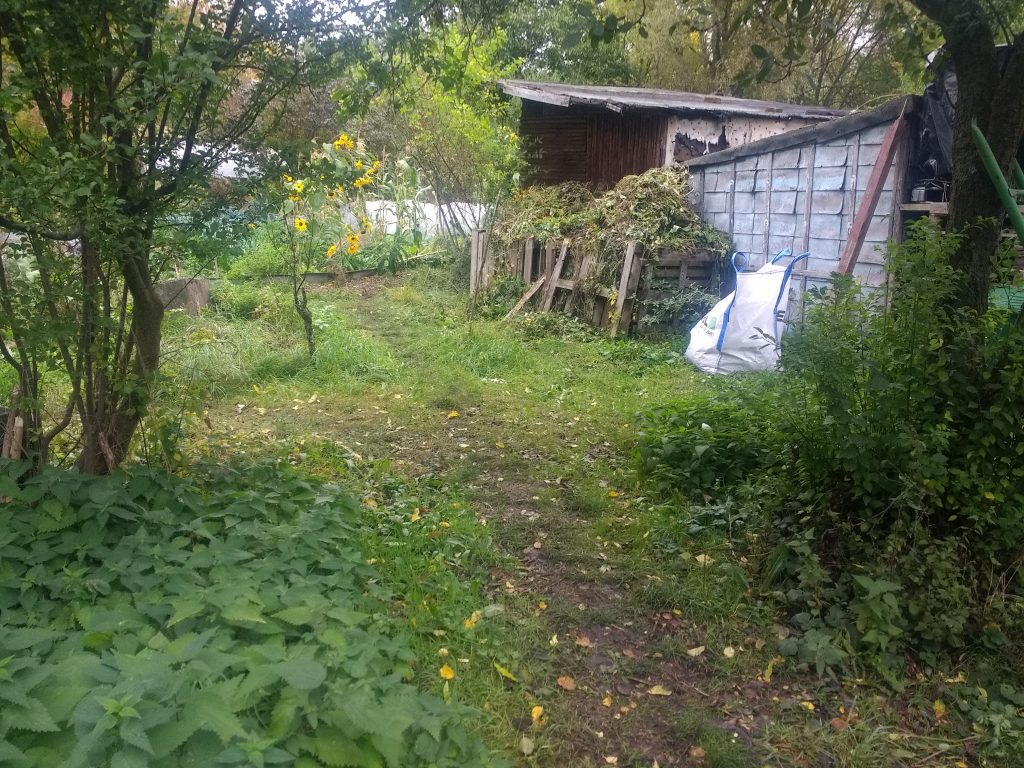
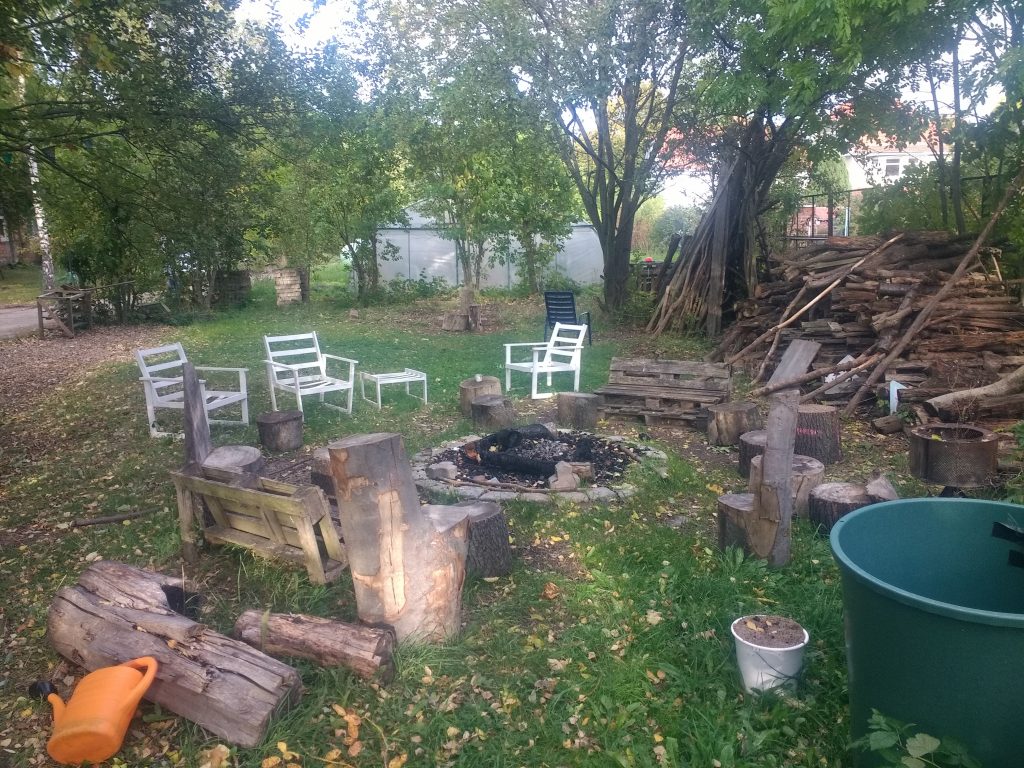
The building is divided into two along a right angle, with one section dubbed the ‘main house’ and the other the ‘summer house’. The main house is where most of the restoration has been done and where most of the action takes place. Divided between its fours floors are a communal kitchen and dining area, office space, seminar space, a number of WG’s (shared apartments), guest rooms, and ‘the kneipe’ (pub), which used to be opened to the public but now is now only open for certain events (such as Sunday night tango). The ‘summer house’ is so dubbed because the insulation is not as good and so only suitable for use in the summer. This house also has guest rooms, a communal kitchen (although one gets the feeling that it is not often used), a seminar space and a number of workshop spaces (for woodworking, artistic pursuits, etc.) The two houses, particularly the main house, are beautiful examples of late Victorian industrial architecture and most of the original features remain in tact. There is still a lot to be renovated, particularly in the summer house, but the potential living space in the Kommune is huge. The original plan was to create a space where 80-100 people could live (although most Kommune members today seemed to think that somewhere between 25-40 is the ideal number).
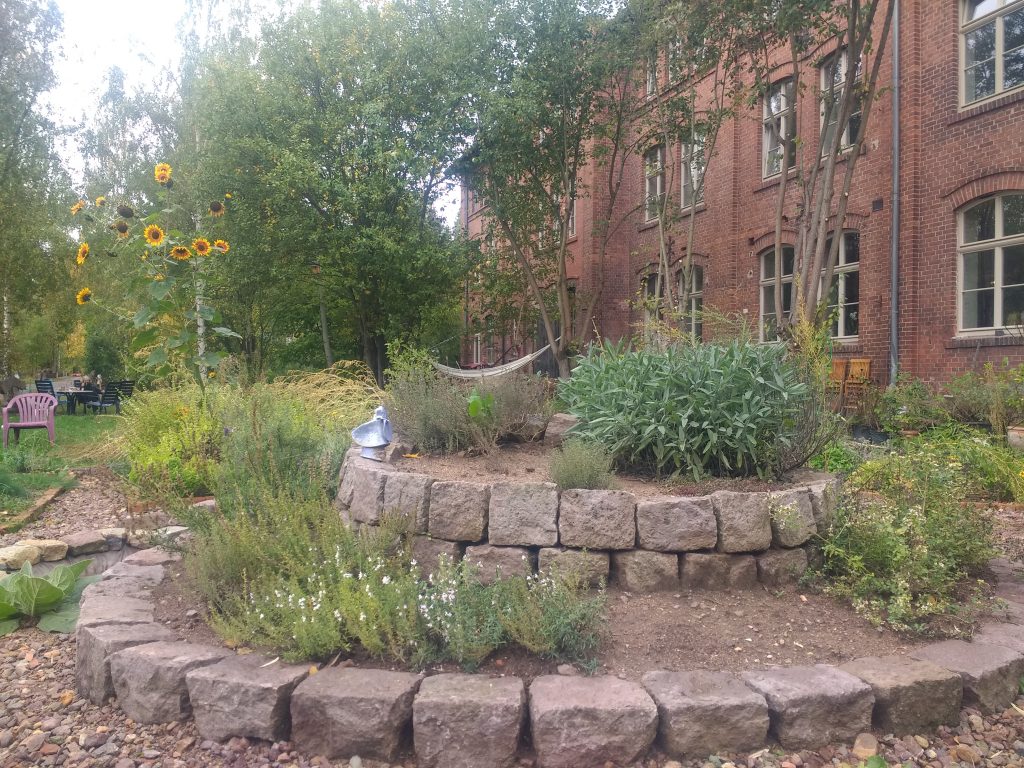
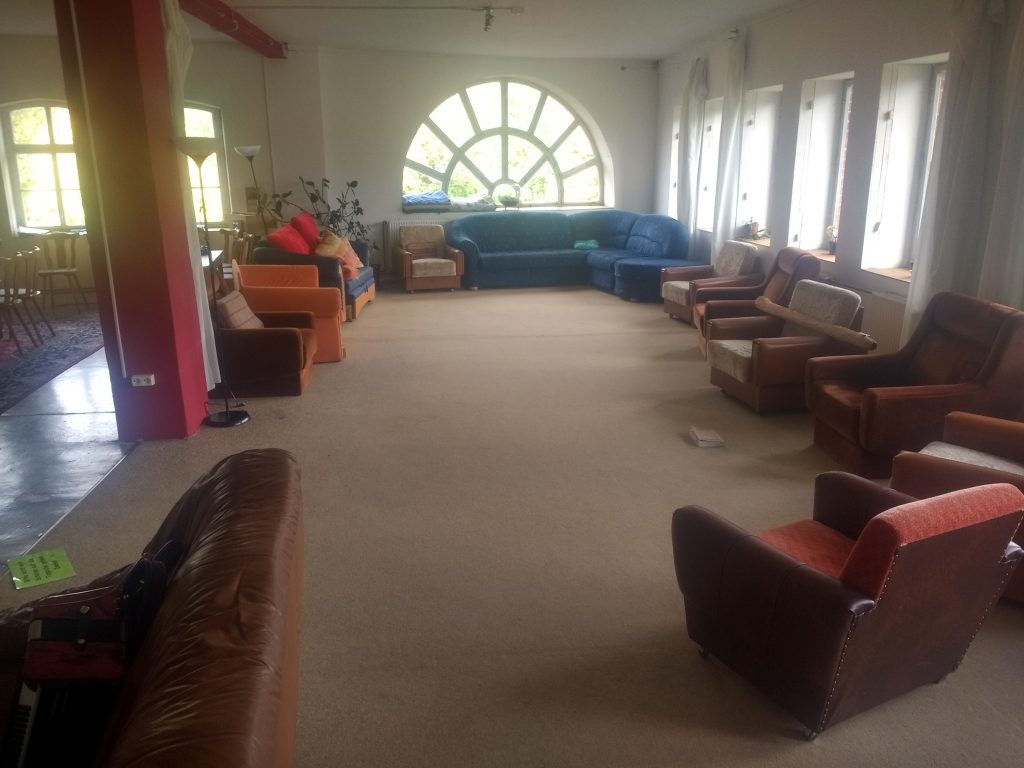
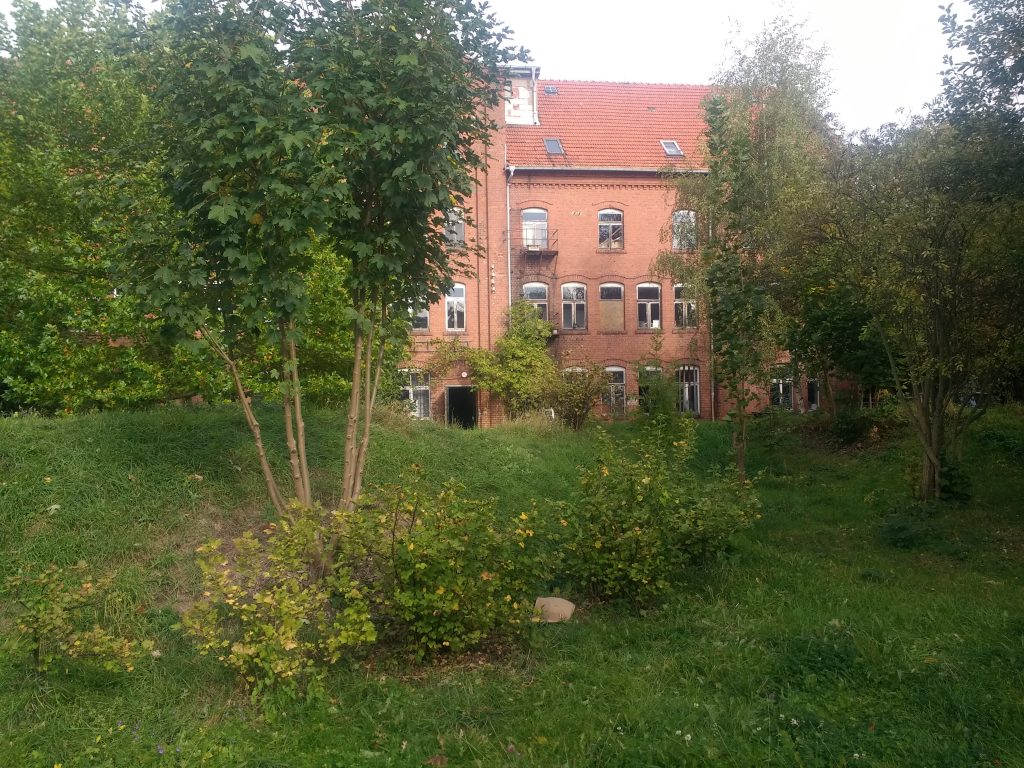
Along with the building itself, the outdoor space belonging to the Kommune is deceptively large, measuring about 2 hectares. This is enough space for a number of gardens to cultivate crops, a herb spiral (with herbs also being scattered throughout every corner of the garden), and orchids with a diverse range of fruit trees (walnut, apple, pear, cherry, quince, hazel, rose hip). Aside from the wealth of plants and animals that are supported by the garden, there are many traces of the people that enjoy, and have enjoyed, the space; a fire pit with an audience of stone and wooden seats, a Bauwagen in which one Kommunard currently resides, tree houses and other wooden structures for kids to explore. Some spaces hold memories of times gone by, giving you a glimpse of the lives that have been lived. The gardens of Kowa is one of those spaces.
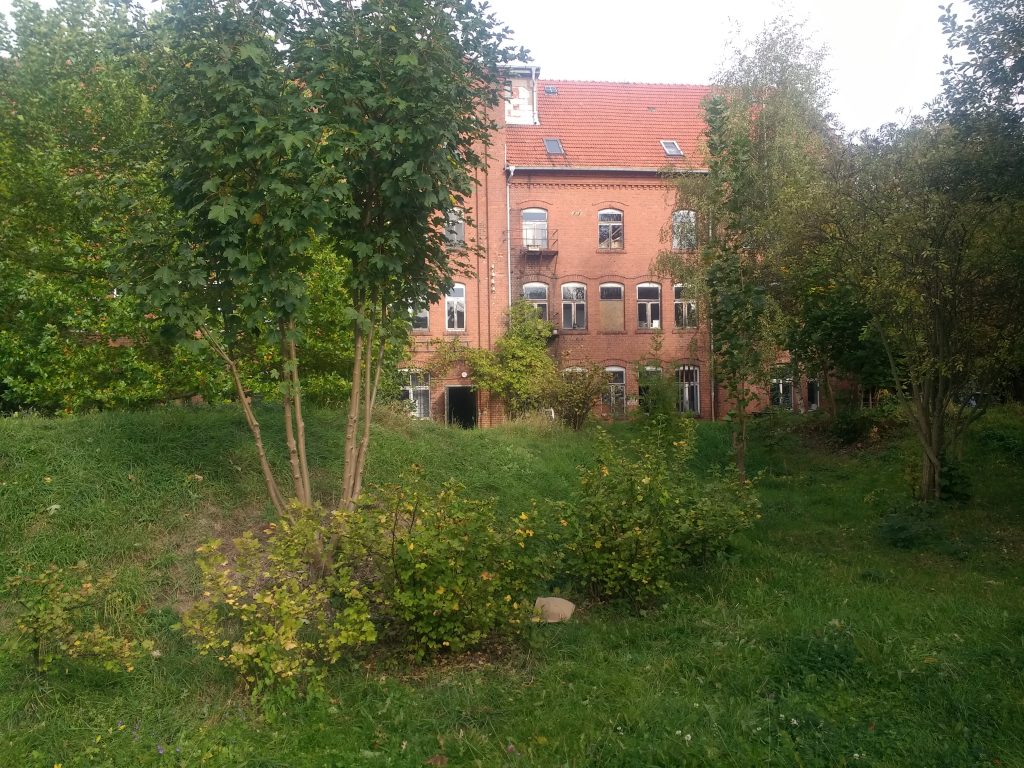
With its big trees and diversity of plants, as well as the variety of interconnections within this mini bio-sphere, the garden has a mature feeling. And as it turned out, it goes back even further than the founding of the Kommune. Even during the puppet factory era this garden had been tended to. Along with puppet making, factory workers also had a shift cultivating crops. I won’t be the first person in the town of Waltershausen to note that the GDR did some things better than their capitalist counterpart. How many factories today have a vegetable garden out the back, providing the workers with regional food and respite from the factory floor?
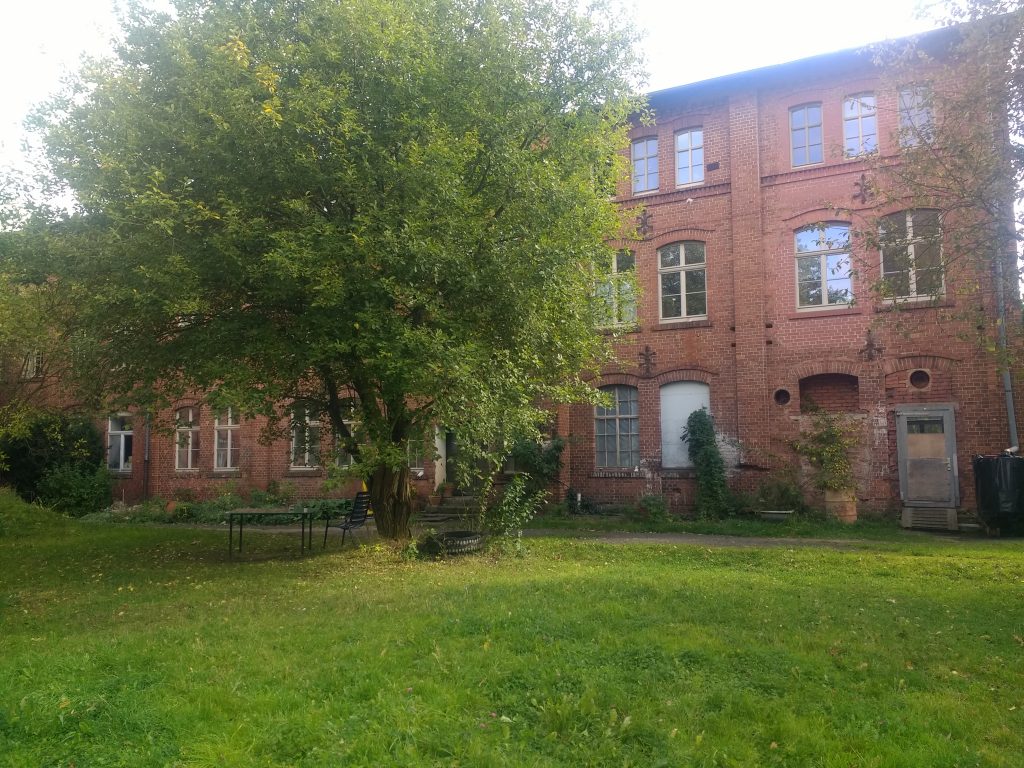
Along with the outdoor gardens there is a number of greenhouses for the cultivation of plants that are less suited to the German climate. One greenhouse is over 300 square meters, allowing hundreds of plants to be cultivated. The greenhouse then opens its doors to the public a few days a week during spring and early summer so people can buy these young plants (a lot of tomatoes but also herbs and vegetables). This enterprise has been going over the course of 15 years and is popular with people of the region, always clearing everything it produces. The planting, cultivation, and selling of these plants takes place over the course of a few months (February to May/June) but I was told that it earns enough for three Kommunards to sustain themselves for the whole year.
Group, Shared Economy & Politics
People with little experience of intentional communities may be surprised by the fact that most people were very ‘normal’. By that I mean they share ways of understanding and relating to each other with the general population around them. While some communities are influenced by parallel cultural way of understanding (such as the cultural anarchists or more spiritually orientated communities) the Kommune Waltershausen doesn’t have many clear signs of parallel cultural affiliation.
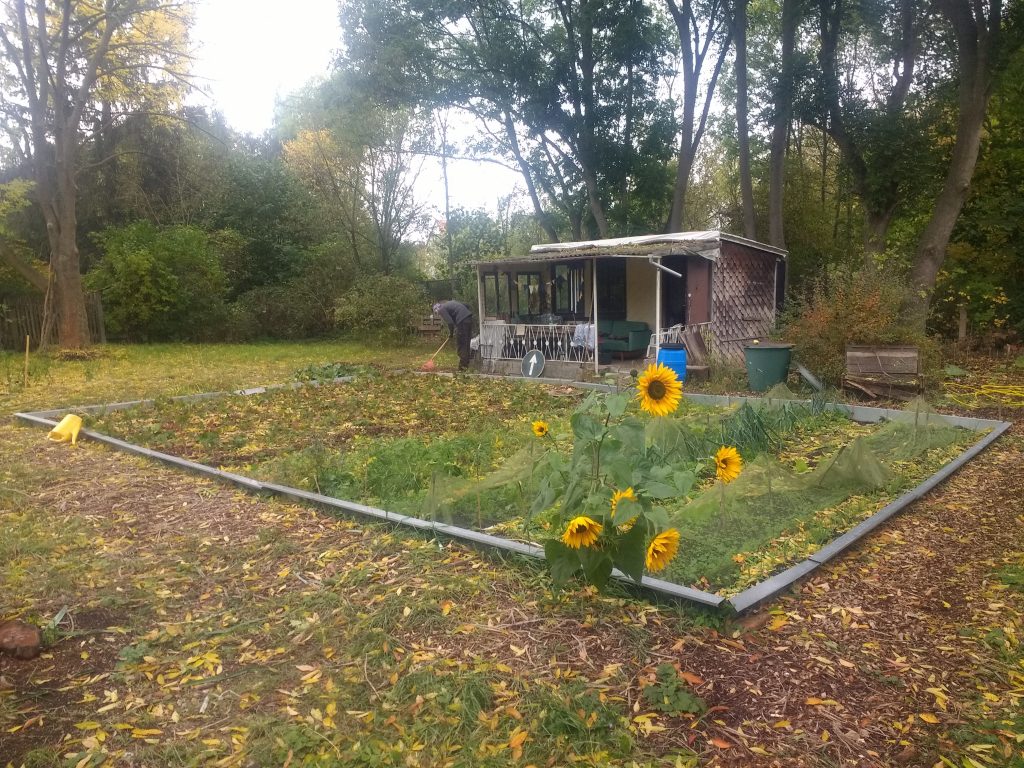
At present the Kommune is made up of 17 people, with two more people about to begin six month trial periods. The last year has been a period of growth for the Kowa. The number of members doubled in the last year, with two groups of four friends joining the group. This not only had the effect of increasing the size of the group but also turning it into a intergenerational space, with most the new members being young people, and the older members being older. The age range of adults is between early 30’s and early 60’s and there is currently one child in the Kowa.
As mentioned, the group has the space and potential to grow but becoming part of the Kommune is no easy process. Firstly, they are only open to visitors at specific times, such as the volunteer weeks, or the Kennenlernwochenenden (weekends for potential new members to get to know the group). After attending one of these, it is expected that you come back again for a few weeks at a time, to get to know each member of the group. Then, after having two people agree to be your representatives, you can start a 6 month trial period in which you take part fully in Kommune life, including the shared economy (explained below). While all of these preconditions are understandable (you want to really know a person before agreeing to share a life with them) it makes joining the Kommune difficult.
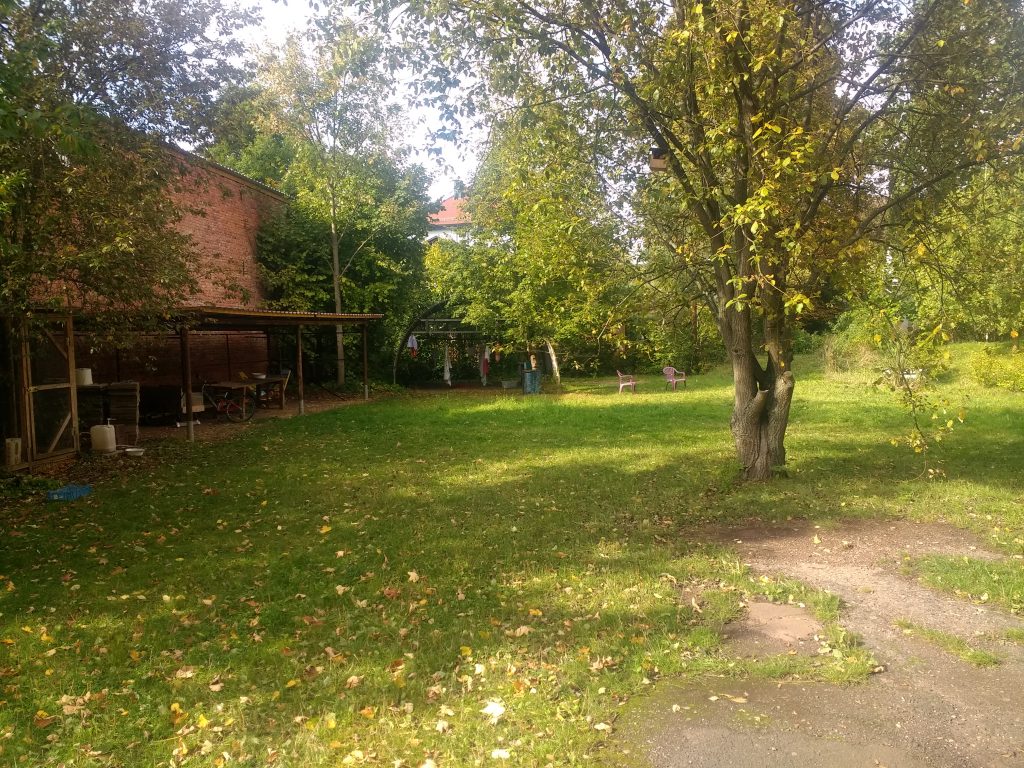
Some Kommunards have paid jobs (working in a university, or for political campaigns, or teaching music, tree surgeon, etc.) and some are more orientated on working for the Kowa (working in the gardens, organising for the seminars, etc.). Those who are earning money are doing so for the benefit of the Kowa, with the Kommune working on the basis of shared economy. Shared economy is a practice as old as human beings. Living in communities with shared goals and a shared group identity, it makes sense that most of our items would be shared as well. Why make forty axes for everyone in the community when four would do? How can we parcel out the grain to individuals, when we all communally worked the fields? It also makes sense that people with a particular affinity to an object sometimes claimed individual ownership of it, but generally communal property has been much more important than individual property throughout human history.
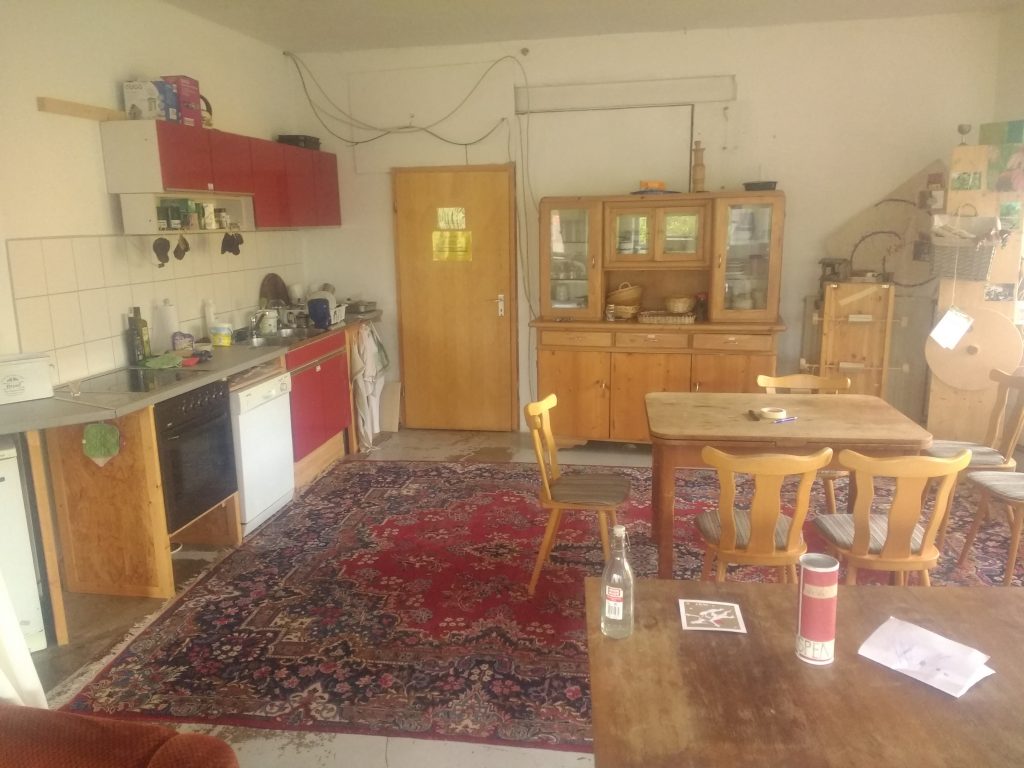
While we take private property for granted, it only in the modern era that it become so central. In England private property became legally defined in the 17th century, allowing for the aristocratic enclosure of communal land across England, and eventually the world. Before the British came to India the land was not property to be owned, but the sacred source of life to be used communally by the panchayat (village community). But this organisation of self-sufficient communities didn’t suit the British colonial agenda, so they parcelled out the land to an elite caste who could be relied on to grow cash crops and pay taxes. And it is not just India, over the past 400 years this happened across the world. The vast expanses of wilderness that make up this earth have been claimed by a tiny minority. Indigenous people (the ones who weren’t outright murdered or dispossessed) have been forced to adapt to this new system of private ownership or lose the right to their land and resources.
Walking along the river,
damp trees with coats of moss,
lichens of yellow & green.
A steel pointed fence,
erected upon the earth,
forces me from the shore.
Upturned trees,
and discarded waste,
flood the estuary.
Walking along the road,
cars fly by my side,
an iron fence accompanies my every step.
Reviving the idea and practice of shared economy is one of the core principles, not only of the Kowa, but of the Kommune movement in general. Everything that the group earns goes into the group funds, and everything that the group spends comes out of the group funds. While the idea is simple, the system takes a while to get use to. After being socialised into a society based on individual gain, ‘capitalistic’ thoughts naturally arise; ‘I spent this amount of money this month, and worked X amount of hours, while you spent more and worked less.’ But the group is aware of this, and aims to consciously overcome this way of thinking. There are also a few touchy subjects, such as the amount of money that smokers spend on cigarettes, or money being spent of meat, but in general the Kommune tries not to be dogmatic and allow each person to decide for themselves what to spend money on. Overall most members would tell you that the shared economy works very well.
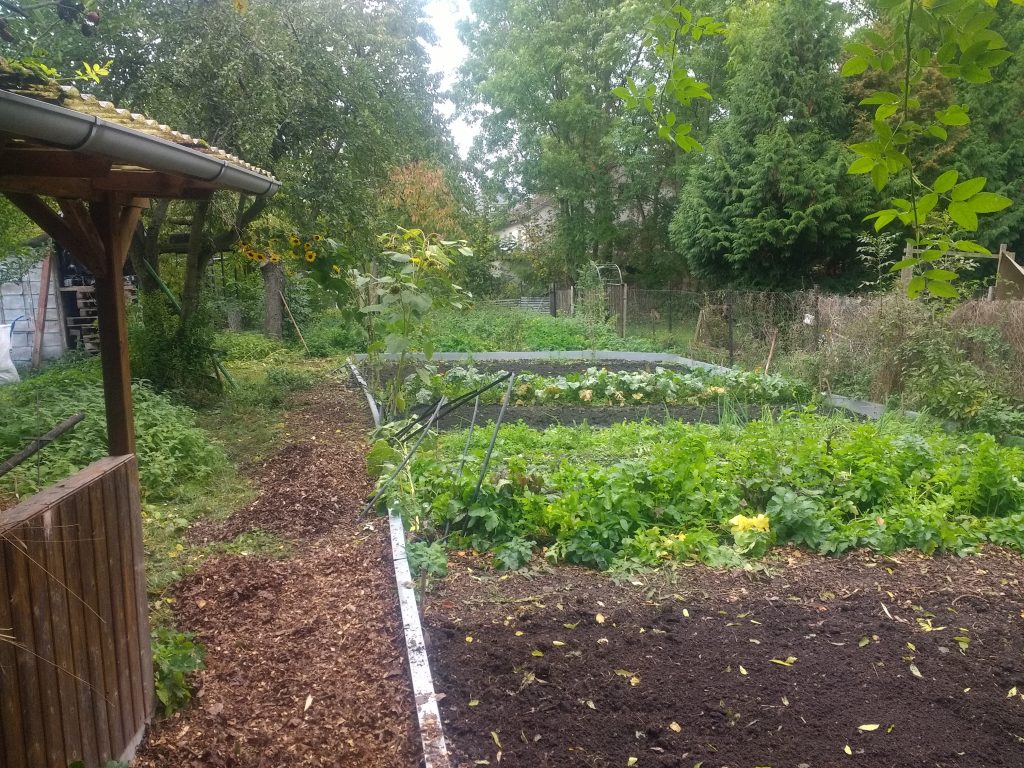
Another important element of the Kommune is it political work. Kommunen are overtly political and one of the central aims is the furthering of progressive political causes. This Kommune structure does this in two ways. Firstly, on the individual level. Many of the kommunards are involved in political campaigns and actions on a personal level, generally focused around the areas of environment and refugees. When I asked one of the members about the political activities of the Kommune, he told me that one of the most things that the Kommune does politically is provide the members of the group with the space, time, and solidarity with which to pursue political actions.
When one is living an individualistic life in the city it is easy to get caught up with the pursuit of personal gain, to lose sight of the wider world around one. But living in a communal space with people who are focused on political change empowers you to do the same. Aside from empowering its individual members, the Kowa also acts as the infrastructure for left political gatherings and actions. In the summer of 2019 they hosted week long seminars such as Rebellisches, a gathering of the German Zapatista solidarity group, or Wer lebt mit Wem, a gathering of queer and feminist activists.
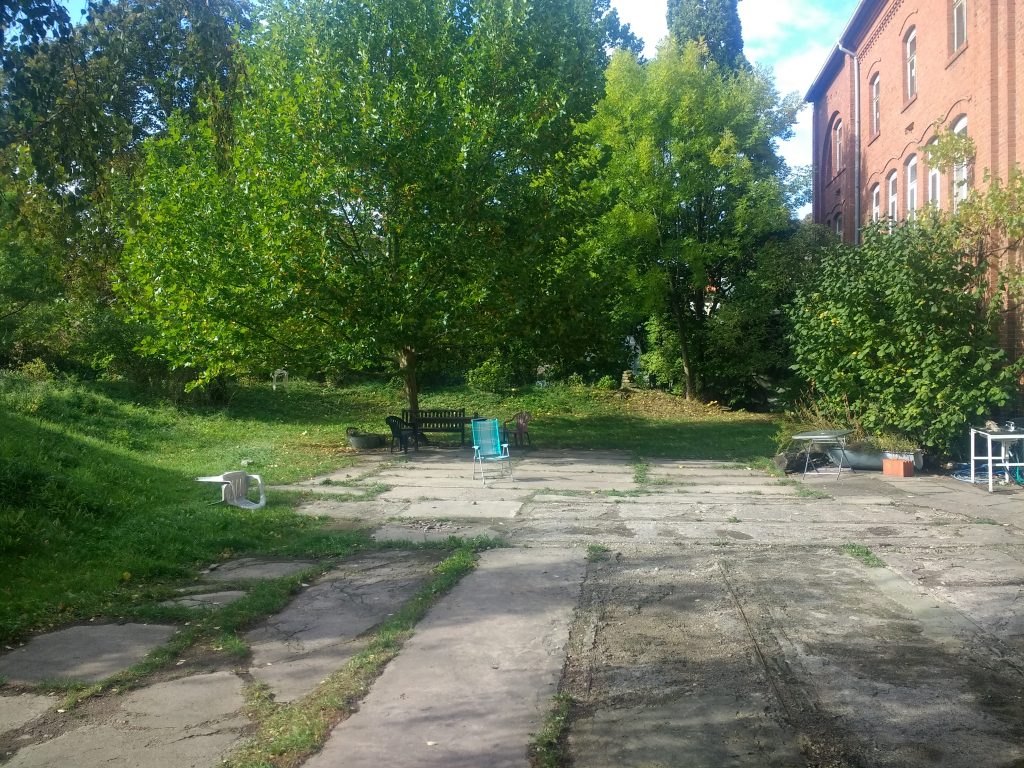
Along with providing infrastructure, the group itself sometimes engages in political actions. Late one rainy night we stalked the streets of Waltershausen, pasting slogans such as ‘wir sind anti-semetisch und raschistisch’ on AFD (alt-right political party) posters. Unfortunately this caught the attention of some passing police on the patrol who set out in pursuit, catching up with two members of the group. After being subjected to an hour standing in the rain, they were taken to the police station to have their photos, fingerprints and personal details taken. I thought, after confrontations in Hambacher Forst and Free the Soil, that I would have one week without stress from the Polizei but they prove themselves to be ever present figures at the edges of German activism.
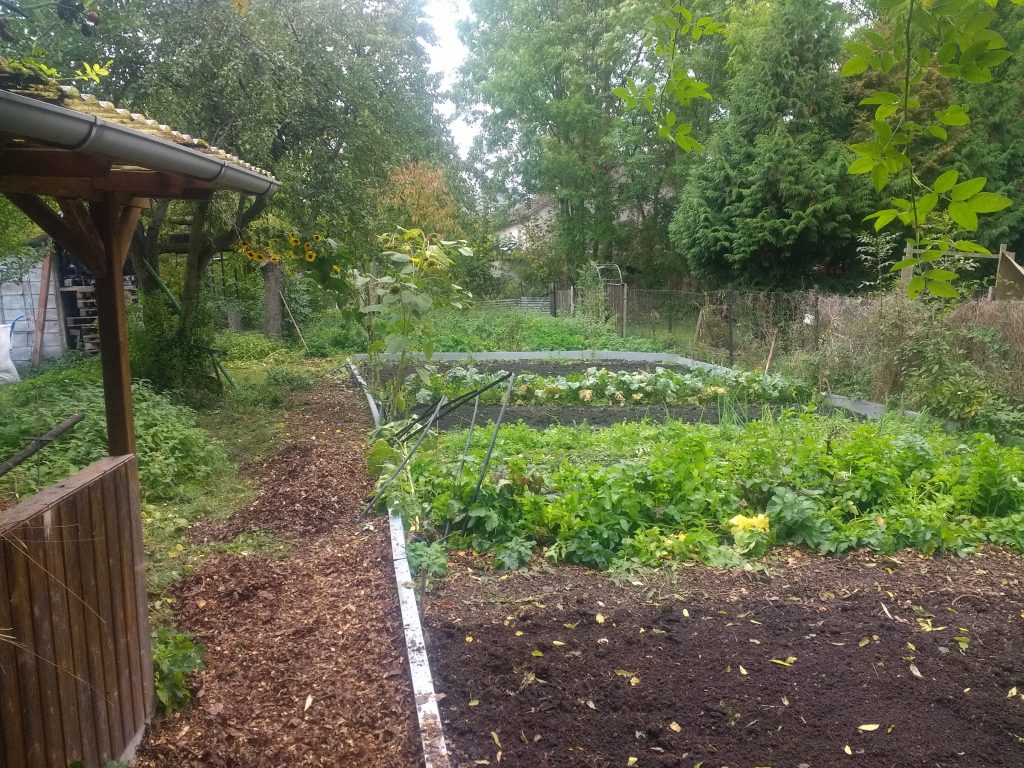
The political orientation of the Kommune can also be seen on basic level of personal solidarity. During the week there was sporadic appearances from a friend of the group who was in a bad state. This friend was a refugee from Afghanistan who left his war torn country almost ten years ago. After years of mistreatment and deportation, this man was clearly suffering from physical and mental health problems, and the Kommune were doing there best to provide him with support.

Choir Weekend & Harvest Week
When I first arrived at the Kommune, it was a few days early then planned. We had managed to take down the camp at Free the Soil quicker than I was expecting and my trip hitchhiking to Thüringen was also surprisingly speedy. The weekend before the Erntewoche (harvest week) which I had arranged to take part in, the Kowa was hosting a choir weekend. Although I had seen it a few months previously, I didn’t register it so much, perhaps because the word ‘choir’ brings to mind a picture of a strict priest directing some morose church dirge. But as I had nothing else to do, and also as I suspected that the Kommune wouldn’t be hosting a choir group like the one just described, I decided to take part.
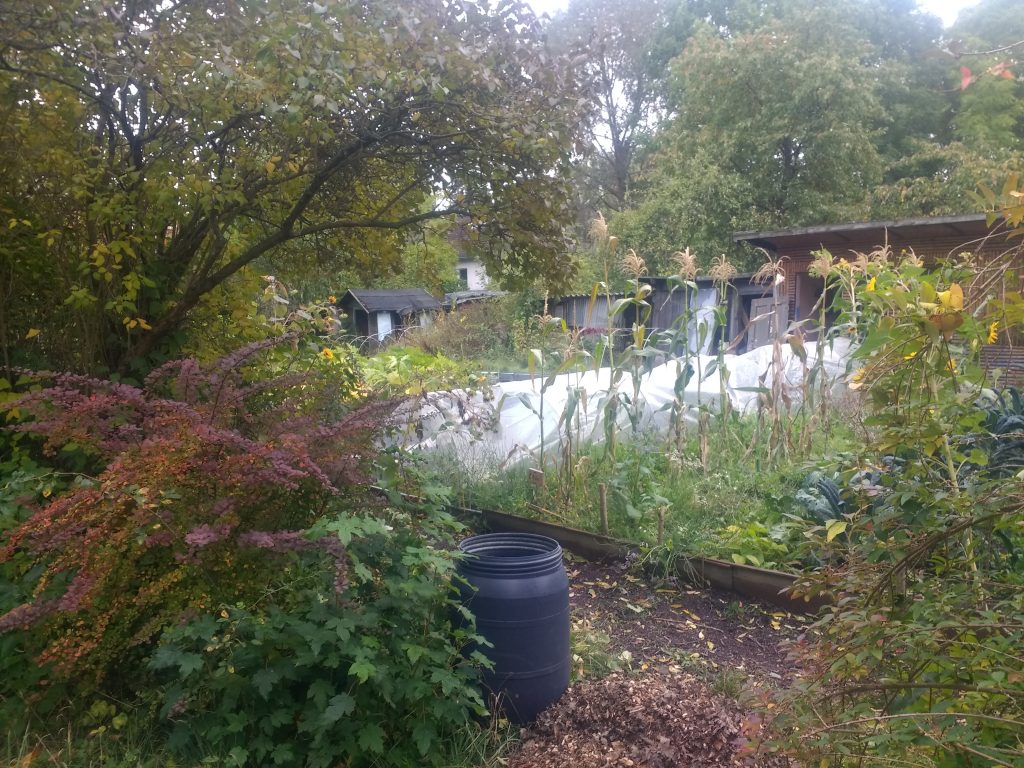
The group, who meet once or twice a year for the choir group, was composed of about 20 friendly and laid back people. The songs that we sung were not the usual church music (aside from one or two well chosen pieces) but songs from all over the world; a Korean fisher song, Roma & Sinti folk music, music from South African, a contemporary adaption of a piece by Brecht. Sometimes we would sing as one group and fill the whole room with a sea of vibrations. Other times we would break up into smaller groups (bass, tenor, soprano, alto) and sing at different intervals, creating beautifully layered polyrhythms. The weekend was a new experience but it was a clear example of something which was clear to me for a while, the unifying and enlivening effect of music. I had just met these people, and most of them were coming from a very different age range and milieu, but after two days it felt like we were all old friends. Voices joining together to create a moment of joy that courses through the body. Your voice becomes part of something greater than yourself and, for a moment, you are that something greater.
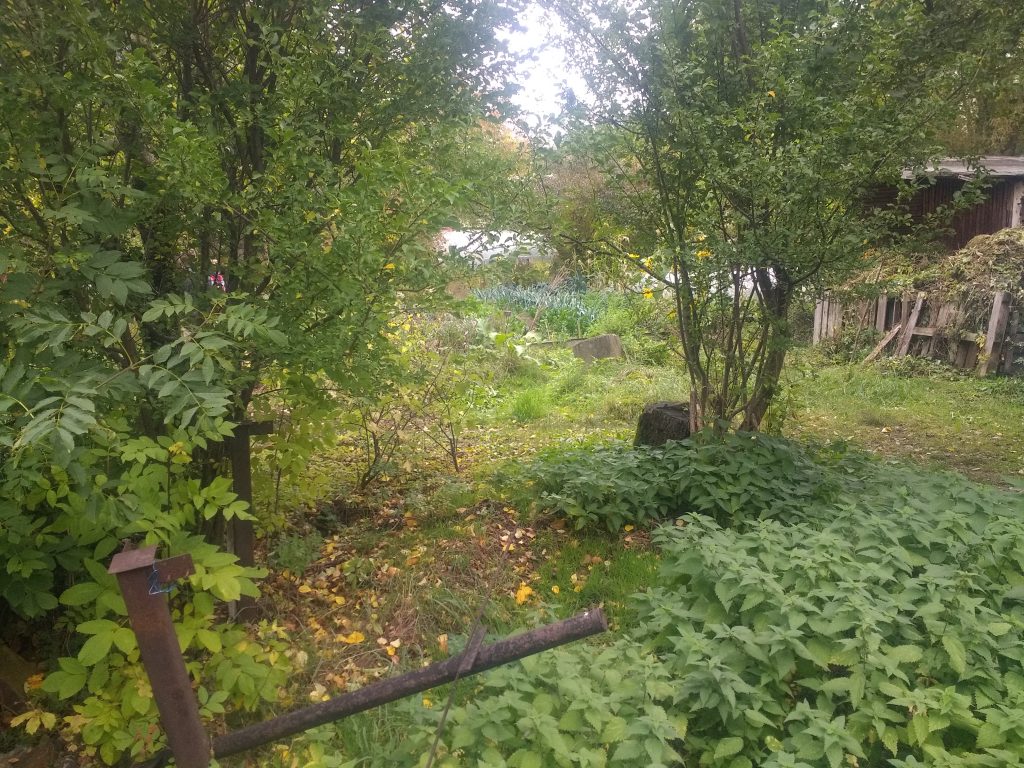
It’s difficult to measure something like this, but I imagine the amount of people who play live music with each other has decreased since the advent of mass media. Personally, for many year music was something that I consumed, but never felt I could produce myself. But to build meaningful lives without the constant distraction and flashing lights of modern consumer goods, in building links within and between communities, music is perhaps the most powerful tool we have.
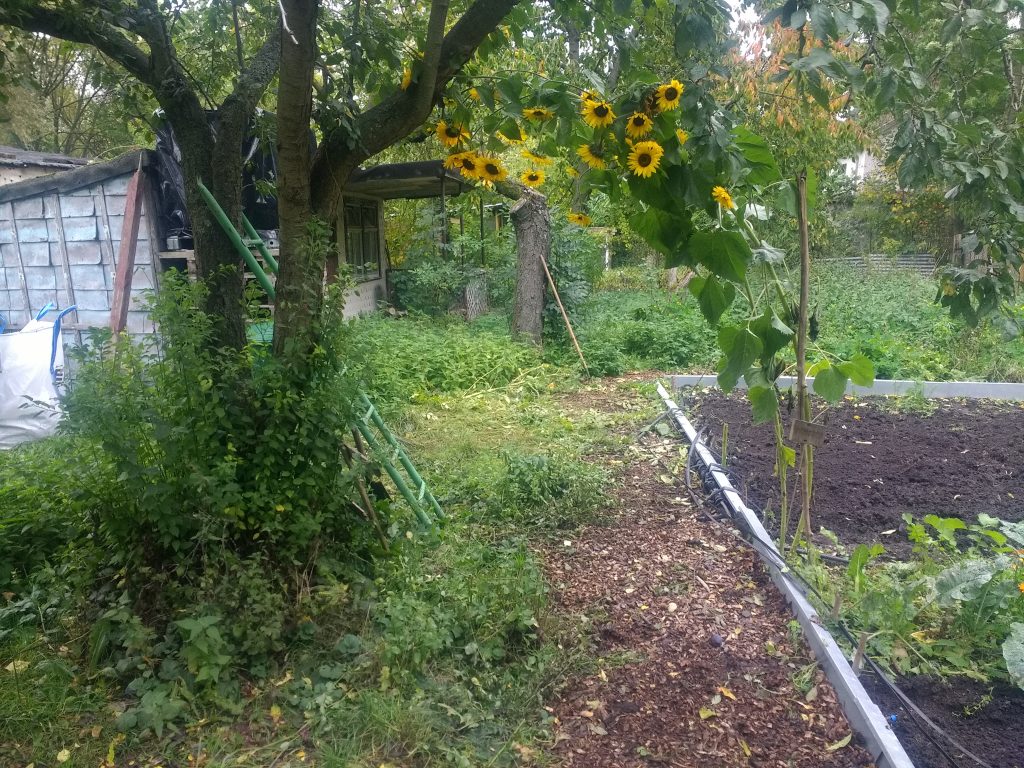
The end of the choir weekend signalled the beginning of the harvest week. For most of the year the Kommune doesn’t take on volunteers, so those wanting to take part in life at the Kommune have to take advantage one of the two set volunteer weeks. Although this was the ‘harvest week’, there was more to do than just harvesting nature’s autumnal treats. While we did spend a bit of time digging beetroot out of the ground, cutting pumpkin away from their network of stems and climbing high in trees to harvest apples and pears, there was many other task to be done. The gardens and kitchens needed for winter and so we were also chopping weed, preparing compost, building poly-tunnels, and making jams and preservatives. There was also kitchen and washing up duties for the delicious meals we ate twice a day, on top of breakfast and often an afternoon coffee break with strudel from the freshly harvested apples.
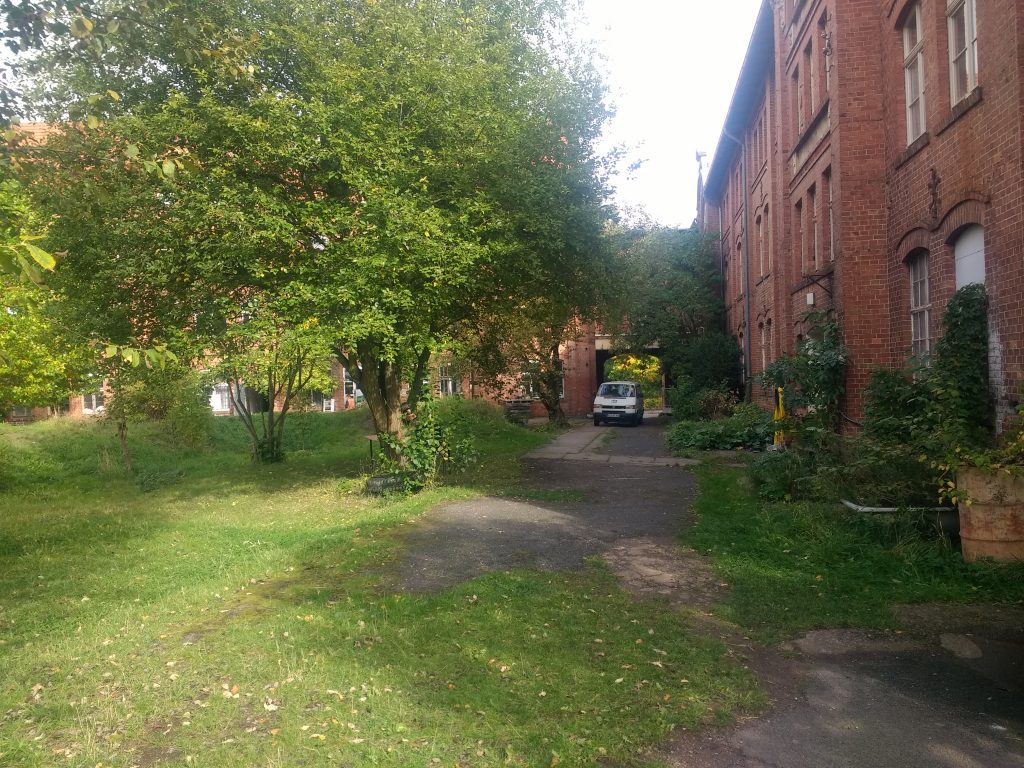
Joining the harvest week was a wide mix of people; some old, some young, some alone, some with kids, some couples, but everyone proved to be very friendly and the group dynamic flowed smoothly. In the evenings there was usually some group activities; playing music, games, film night, and on the final night there was the Apfel Disko to celebrate the successful conclusion to the harvest week.
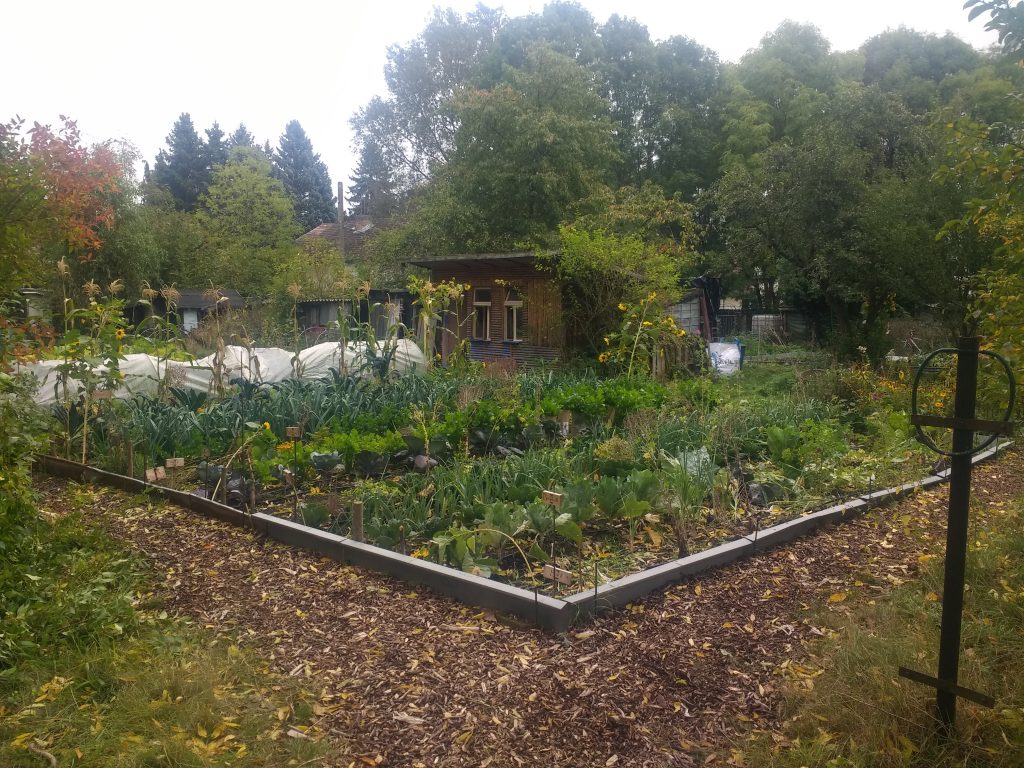
Fin
In terms of the wider global movement, the Kommune is an interesting mix of creating new ways of living and creating spaces for political activism. What the eco-villages are doing may be political, but many shy away from wider political engagement (at least on non-environmental issues). But without a proper understanding of the nature of capitalism, one is destined to fall into the same traps, unable to escape its logic, recreating the logic of capital on the small scale. This is less of a danger with the Kommune movement, which marries an alternative way of life with engagement with wider political issues. Some people, fed up with politics, may be put off by this. But being overtly political, the potential for radical political action, means the potential to combine the creative and destructive sides of the eco-anarchist movement, is a lot higher.
Politics is not something you can escape from. By disengaging, you merely forfeit your right to a say. The political machinations will go on behind your back, until they are knocking at your door. Alternative autonomous (or semi-autonomous) spaces are the perfect platforms to launch wider political actions. When you are not only talking about change but living it, others start to take notice. When you are not only theorising about alternatives to capitalism but creating them, others will start to join you.
For more information: https://www.kommune-kowa.de/